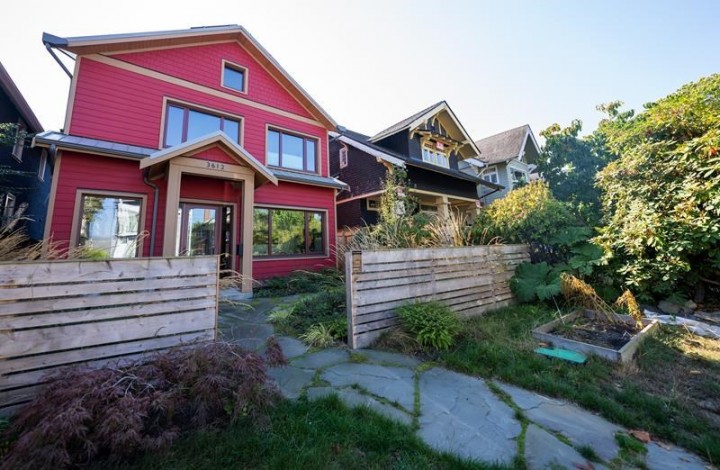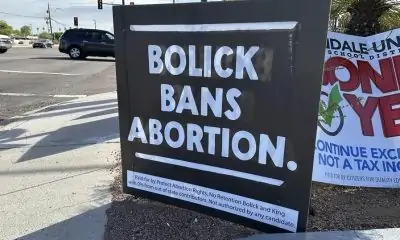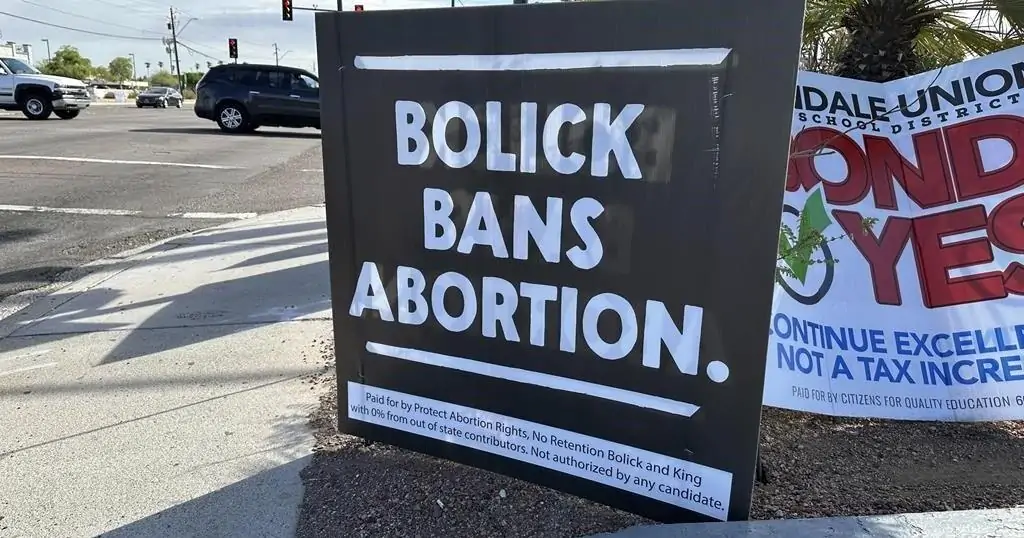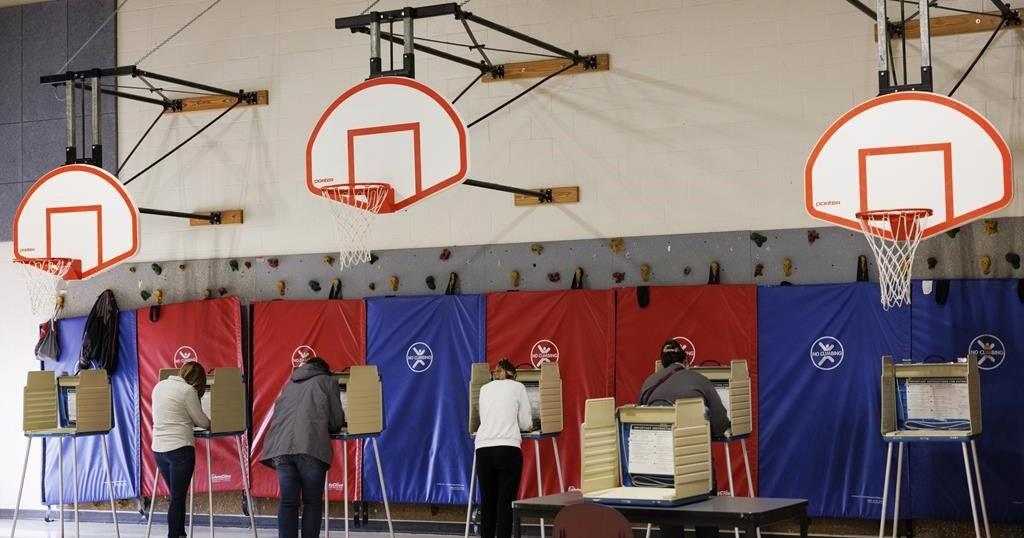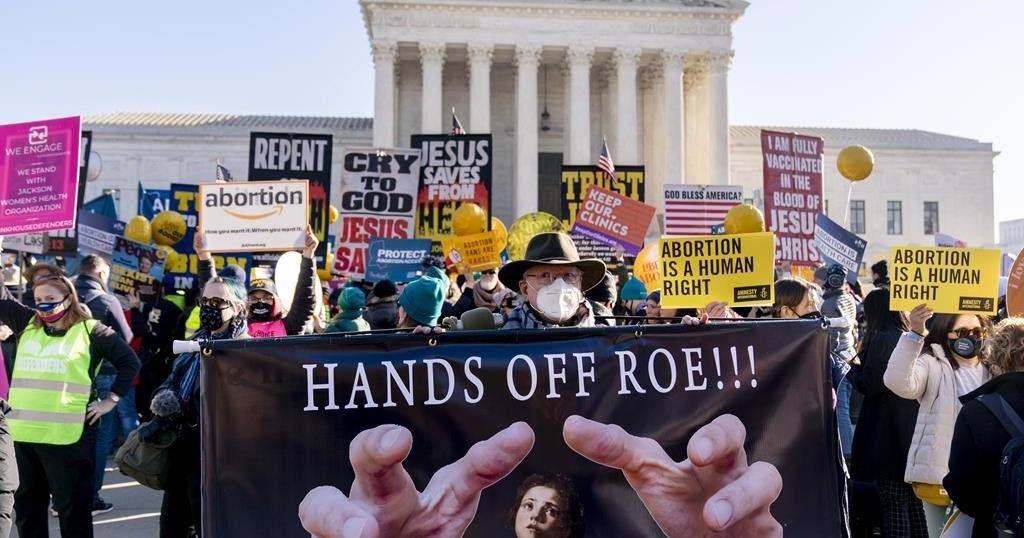VANCOUVER — The two-story family home with a classic design and wooden cladding blends in with its neighbors, but its thick, insulated walls, airtightness, solar panels, heat pump, and highly efficient windows make it a home built for a warming world.
The home in Vancouver’s Kitsilano neighborhood generates more energy than it consumes and demonstrates how a highly efficient building is also more resilient to the effects of climate change, such as bouts of extreme heat, and smoke from wildfires that persisted well into this autumn in southwestern British Columbia.
The Net Zero-certified home was built to standards beyond those of any building code in Canada. While they’re changing, Canadian building codes have generally been developed to produce homes for cold climates rather than heat resiliency, said Chris Higgins, senior green building designer with the City of Vancouver.
“For so long in Canada, we’ve been focused on trying to keep warm,” Higgins said.
“Now, summers are getting hotter, and we’re having to adapt.”
The Net Zero home and others like it show that some consumers and builders are taking adaptation into their own hands with design and materials fit for a new climate, with the added benefit of boosting efficiency and cutting energy costs.
But many existing properties, from single-family homes to condos in towering skyscrapers, will need upgrades to meet the challenge.
A prolonged heat wave that sent temperature records tumbling across British Columbia in June 2021 underscored the importance of climate-resilient housing.
A report by B.C.’s coroners service attributed more than 600 deaths that summer to record-breaking heat, finding most people died in homes that were ill-suited for temperatures that spiked into the high 30s and beyond for days without relief.
Standing outside the Net Zero home, builder Paul Lilley explains why encasing it with insulation, ensuring it has a very high airtightness rating and installing highly efficient doors and windows mean the building loses heat more slowly in the winter and takes much longer to absorb heat in the summer than a standard one.
Those features also mean the home’s mechanical requirements for heating, cooling and ventilation are much lower than a code-minimum building, said Lilley, principal and general manager at Kingdom Builders, which finished the home in 2021.
“As seasonal highs and lows get more extreme, this home is set up to handle that.”
Several windows are shrouded by deciduous trees and foliage that lose leaves in the winter, allowing more sunlight in, while providing shading in the summer.
“Why build a code-minimum house now, and then (it’s) an energy hog in 10 to 20 years?” Lilley added. “Whereas, if you build a house like this today, if you’re going to sell it in 10 to 20 years, you’ve already got a house that meets the future standard.”
The Net Zero home cost about five per cent more to build than a code-minimum counterpart would have, said Lilley, although it doesn’t have a basement.
The supply of Canadian-made windows and other components certified to high energy efficiency standards has improved in recent years, he said, helping to reduce the cost of shipping materials from the more established European market.
Vancouver architect Bryn Davidson agreed the gap between the cost to build a highly energy efficient home and a standard one is shrinking, at least in Vancouver.
“When you look at places around the world that have adopted Passive House or other kinds of efficiency standards, after four or five years of doing it, you get to a point where it doesn’t really cost much more than the status quo,” he said.
“And you’re getting a payback (with) a more comfortable and durable building that also has low operating costs,” said Davidson, co-founder and design lead at Lanefab, which builds energy efficient laneway homes as well as larger houses.
The Lanefab team has advocated for the City of Vancouver to change some rules that can contribute to overheating, he said, like allowing larger exterior overhangs above windows without charging the homeowners a penalty for extra floor area.
While the requirements for new buildings in B.C. lead the country when it comes to energy efficiency, the bulk of the homes that will exist in the coming decades have already been built, said Richard Kadulski, a Vancouver-based architect and consultant specializing in energy efficient residential design and building exteriors.
Many will need upgrades in order for their residents to be comfortable as global heating worsens.
The glass-walled condo towers that jut into Vancouver’s skyline create a glittering facade, but offer little protection against the sun’s energy during a heat wave.
Kadulski calls the trend “glass-box syndrome.”
“I see how many people are desperately trying to control their overheating, they’re putting foil in the windows,” he said.
Advances in glazing technology have produced windows with a higher level of insulation and lower solar heat gain, said Kadulski, noting their cost has been decreasing as the domestic market becomes better equipped to supply them.
Another option is adding some kind of exterior shading that stops solar energy from entering a home, a method used in hotter climates around the world, he said.
These measures constitute a shift for the construction industry, Kadulski noted, describing it as “fragmented” between different designers, developers and builders, many of whom may not yet feel comfortable changing their tried and true methods.
Similarly, Lilley said efficiency is key to keeping costs down, and becoming efficient at building a Net Zero-certified building may require additional training and practice.
Some builders won’t even work in Vancouver anymore because of the city’s additional requirements around energy efficiency, he added.
“If they build elsewhere, they can just keep doing it their same old way. They don’t have to retrain or invest in developing new practices.”
Yasmin Abraham, co-founder of the social enterprise Kambo Energy Group, stresses that no one should be left behind in the transition to homes that are more energy efficient and resilient to the worsening effects of climate change.
“We’re not going to hit our targets unless we include everybody,” said Abraham, whose organization designs and delivers energy education and retrofit programs with Indigenous nations, newcomers and lower-income families in B.C. and Alberta.
The built environment is Canada’s third-largest source of greenhouse gas emissions, with nearly 80 per cent of those emissions coming from heating.
The Canadian Net-Zero Emissions Accountability Act signed into law last summer commits the country to achieving net-zero emissions by 2050. That means the entire economy should produce either no emissions, or they must be offset.
The average Canadian spends about three per cent of their income on energy, so anyone spending double the average is experiencing energy poverty, she said.
Those families tend to live in inefficient homes, so failing to help them make improvements ignores significant potential emissions reductions, Abraham said.
On a smaller, less costly scale, Abraham recommends households looking to improve their home’s energy efficiency start by mitigating draftiness. She suggests installing door sweeps and caulking any other areas where air is flowing in and out.
Living in an inefficient home can lead to health issues, with studies linking respiratory and cardiovascular conditions to the “thermal discomfort” stemming from being unable to heat and cool your home appropriately, Abraham added.
Unlike the United States, Canada doesn’t have a national strategy to address energy poverty, she said. Some programs offer rebates and financing options for improving energy efficiency, including an income-qualified program in B.C., but it’s a patchwork across the country, so federal support would be key to expanding access, she said.
This year’s federal budget earmarked $150 million to develop a national green buildings strategy for both new and existing buildings to reduce their greenhouse gas emissions and increase resilience to the effects of climate change.
This report by The Canadian Press was first published Nov. 6, 2022.
Brenna Owen, The Canadian Press
Related

